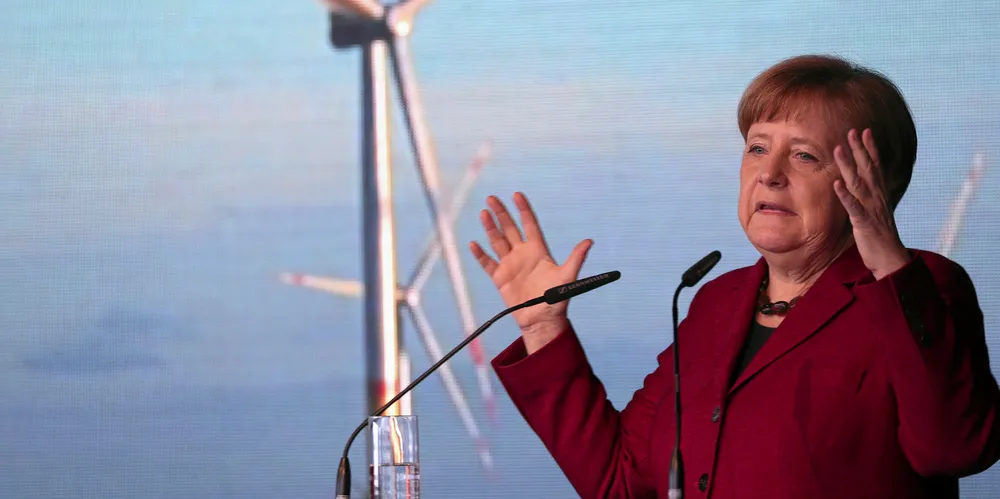Merkel cabinet shocks sector with proposal for negative bidding at offshore wind auctions
The German cabinet at the same time approves a 40GW target for wind at sea by 2040 that the industry welcomes

The German cabinet at the same time approves a 40GW target for wind at sea by 2040 that the industry welcomes
